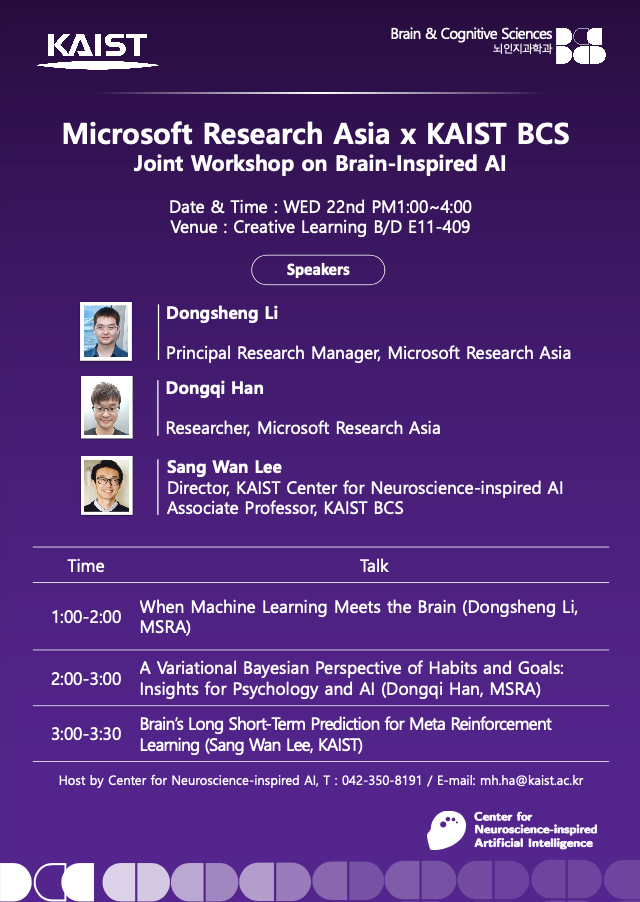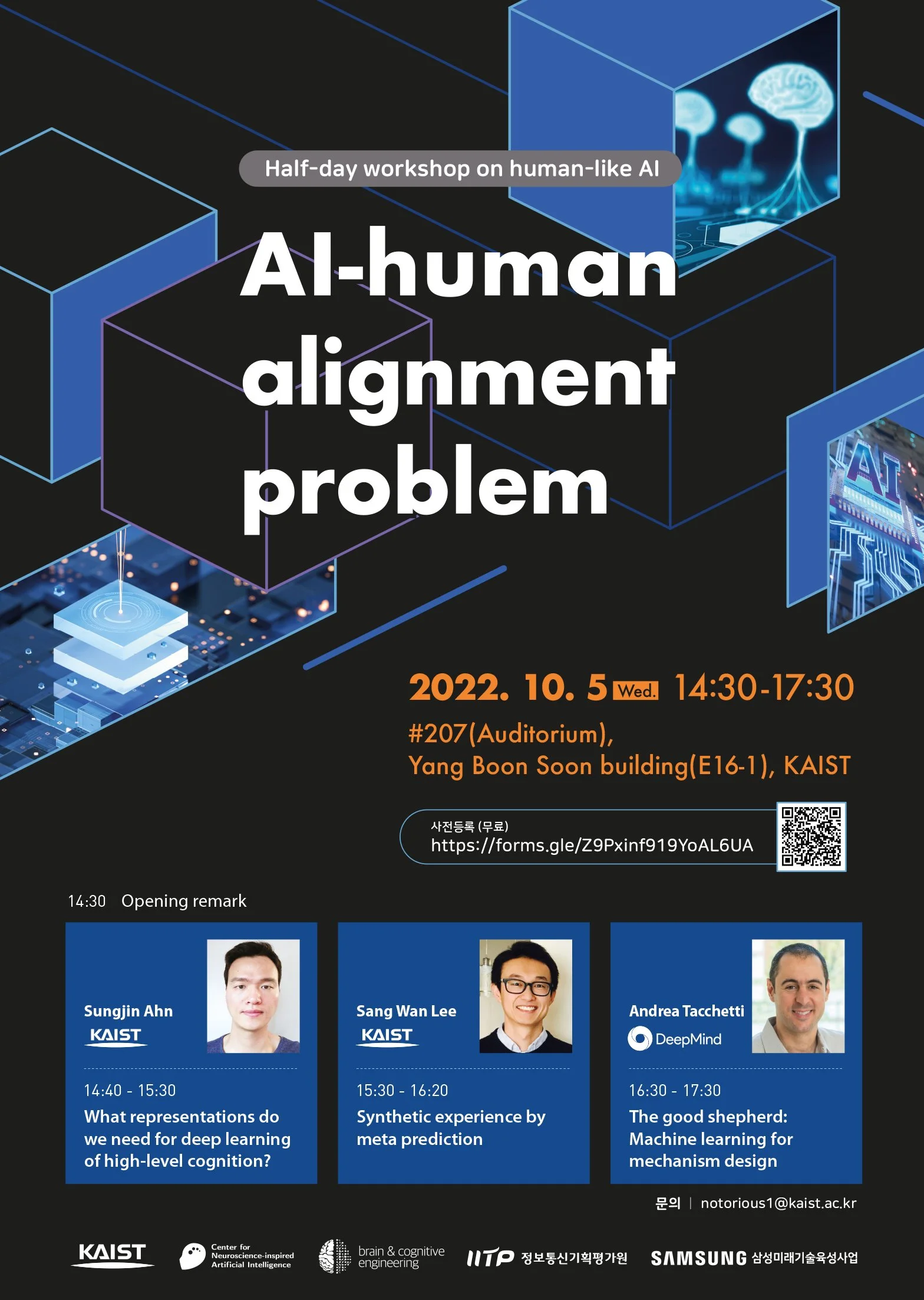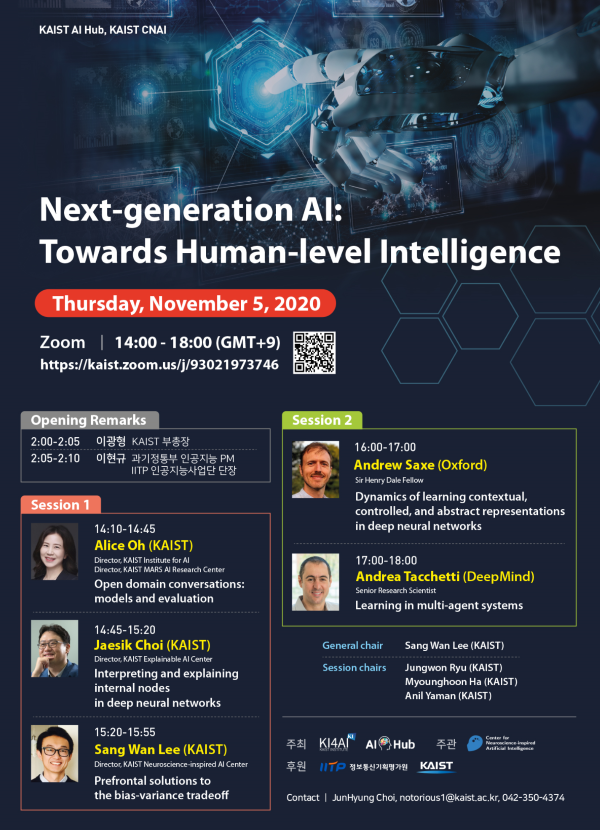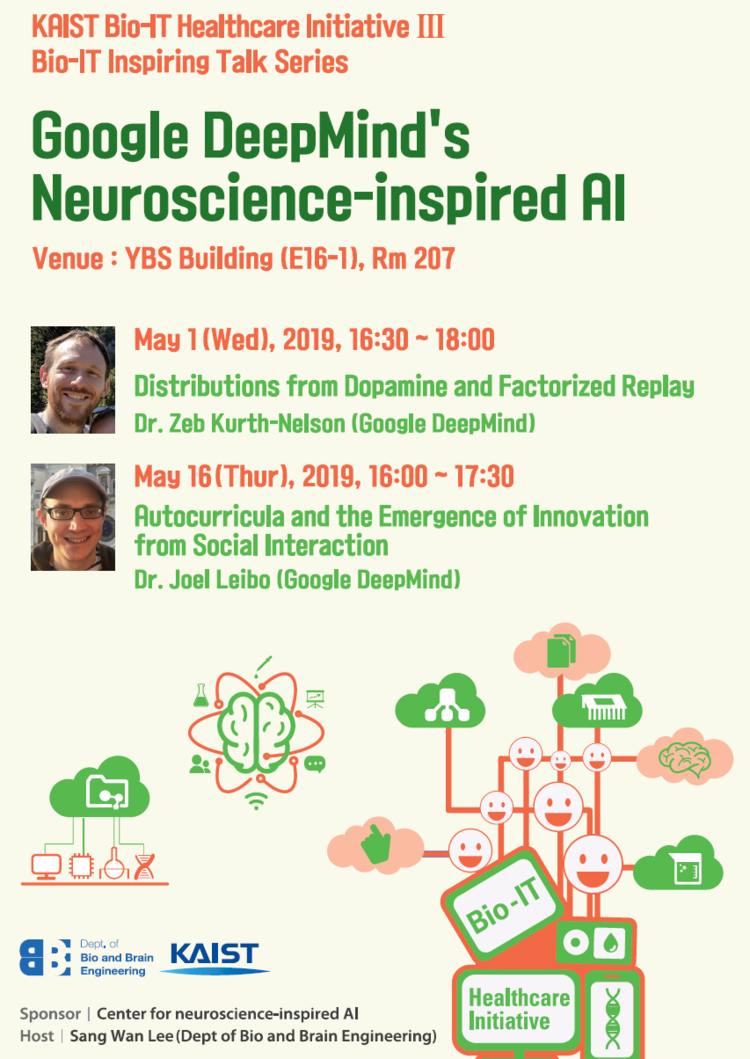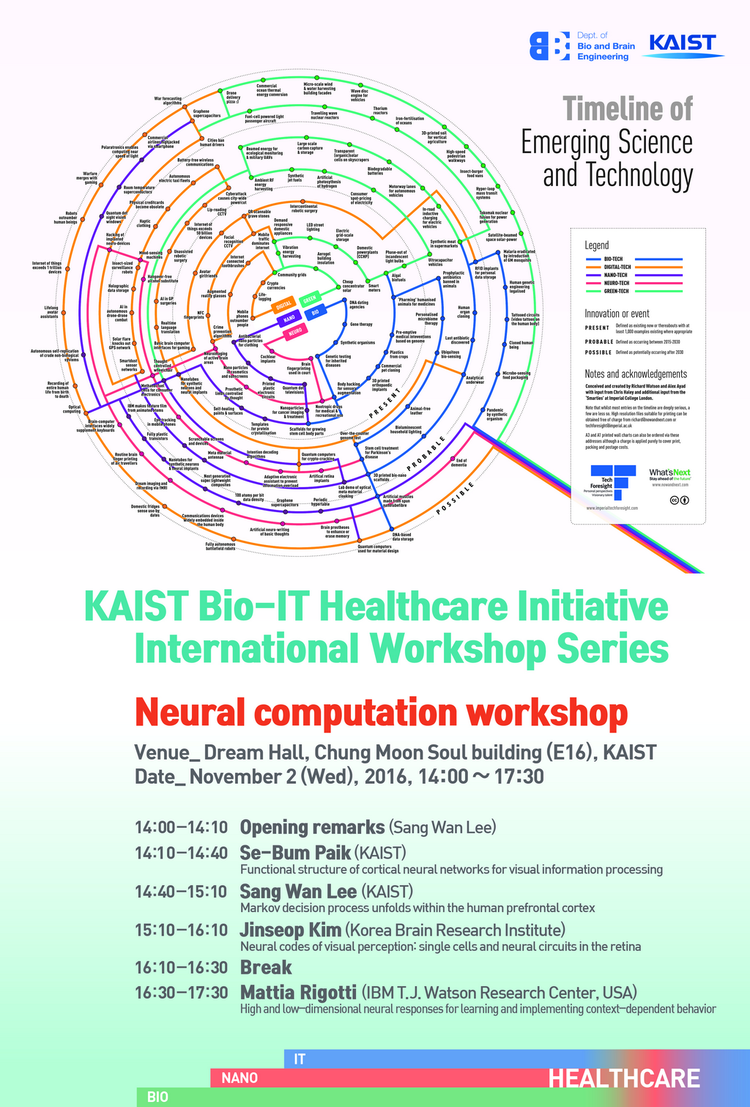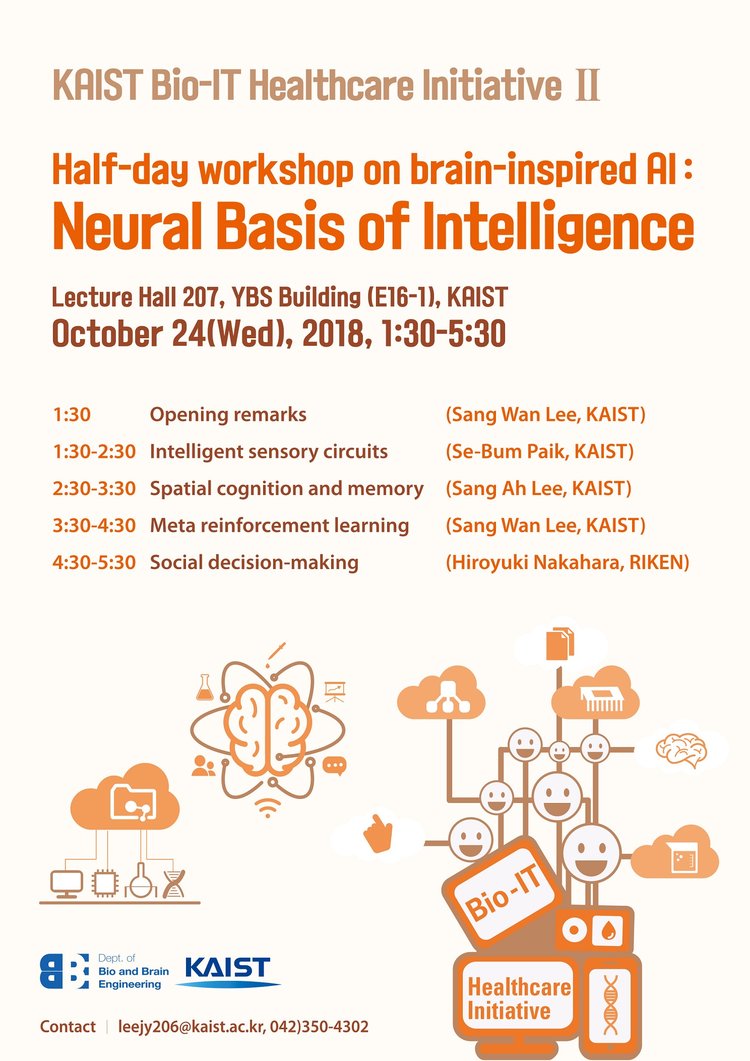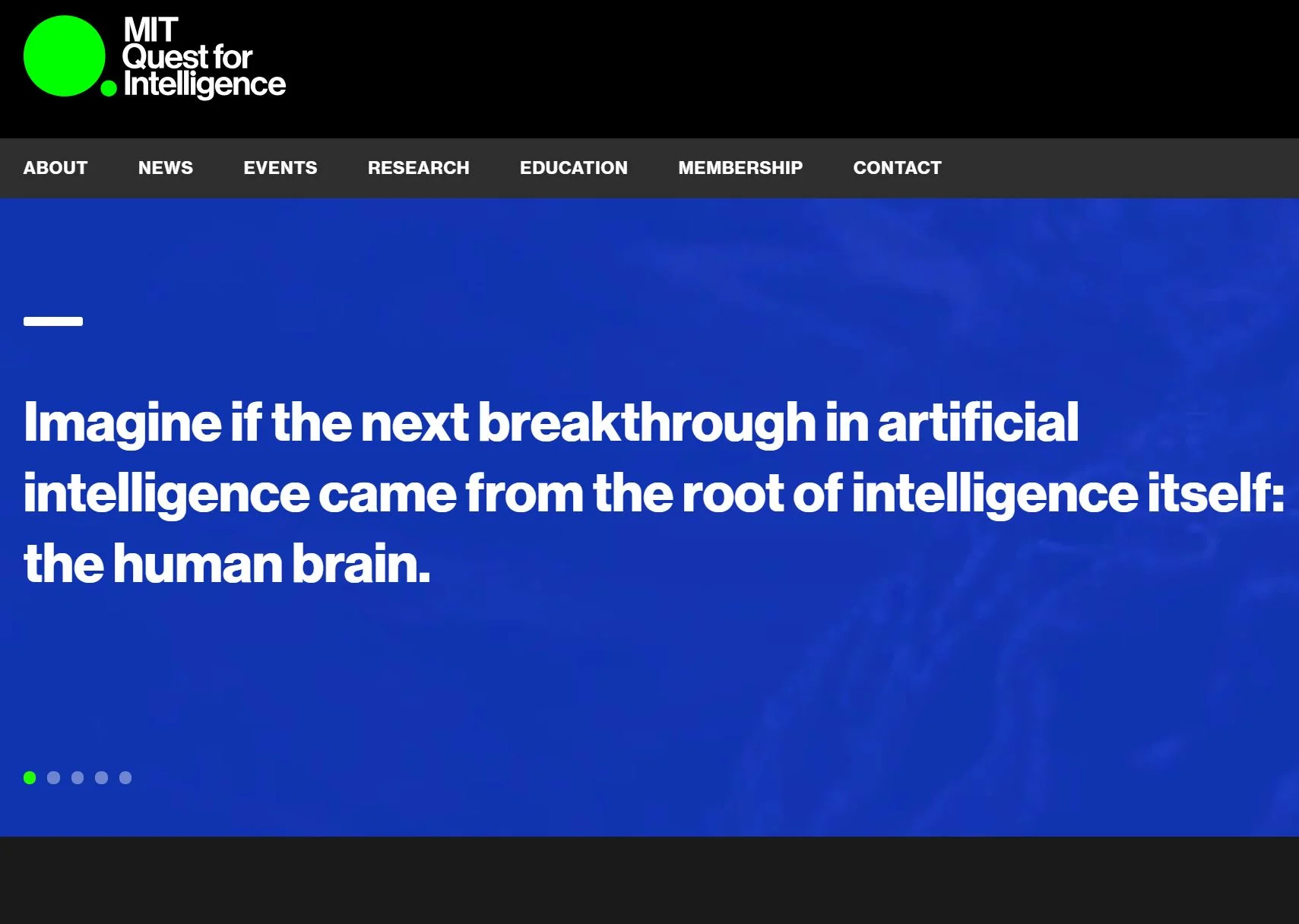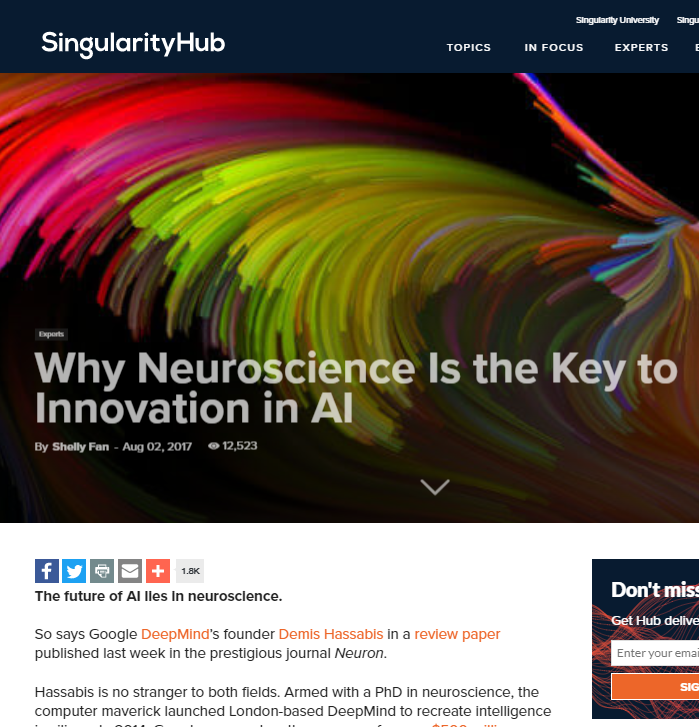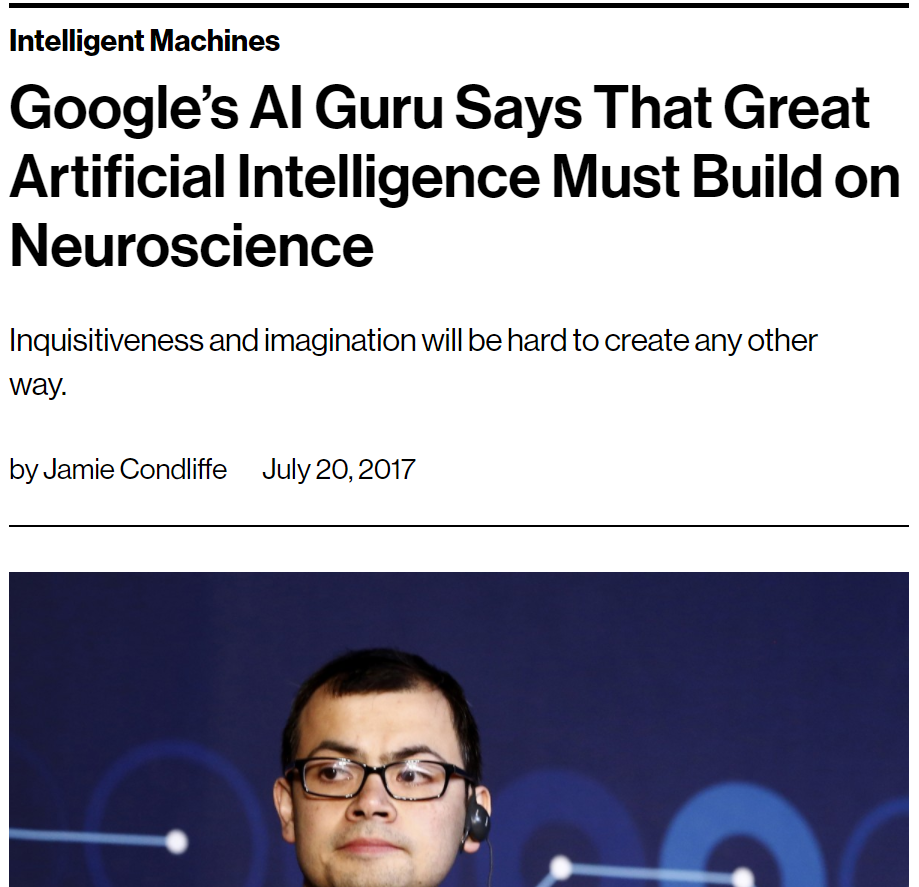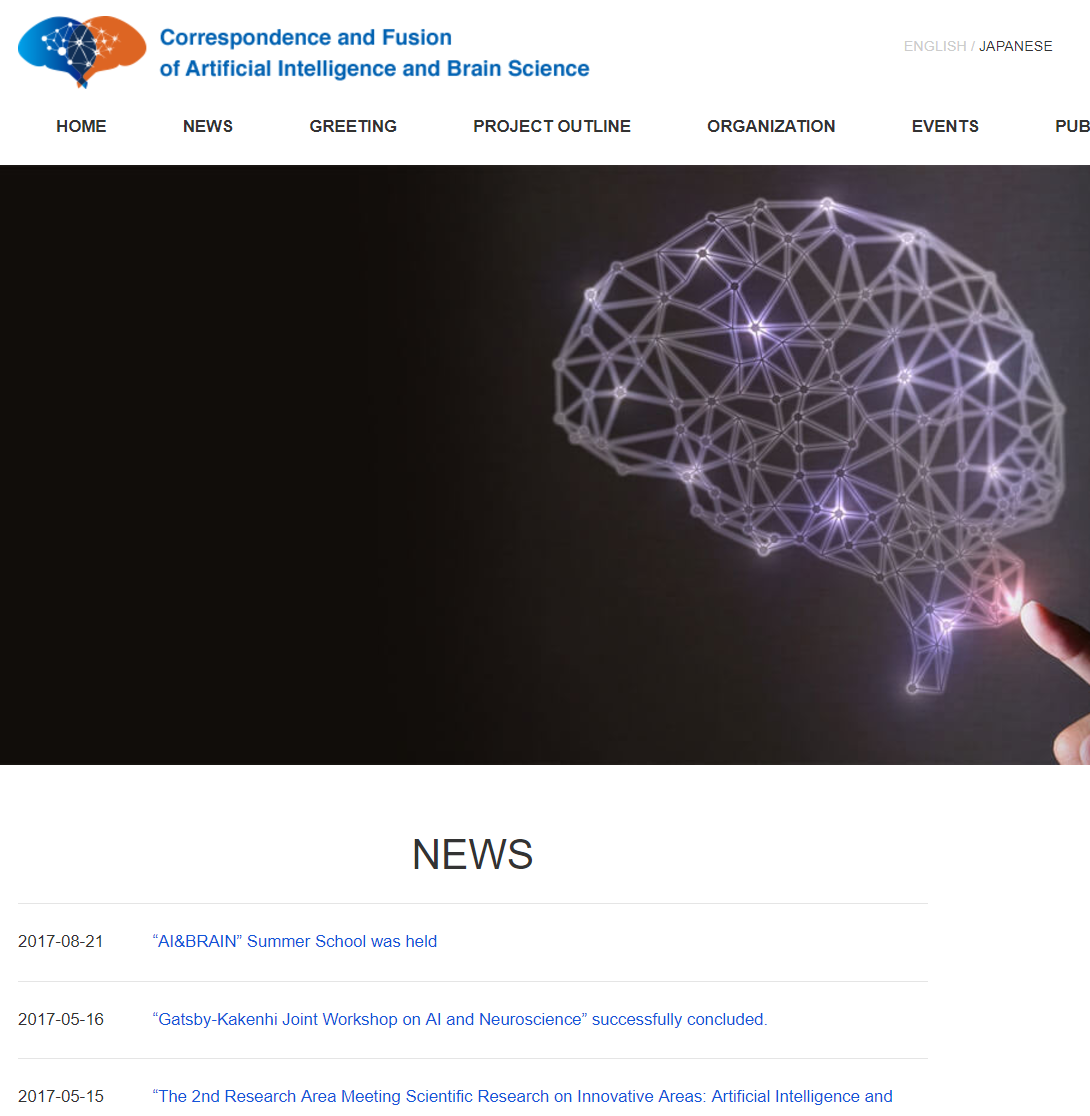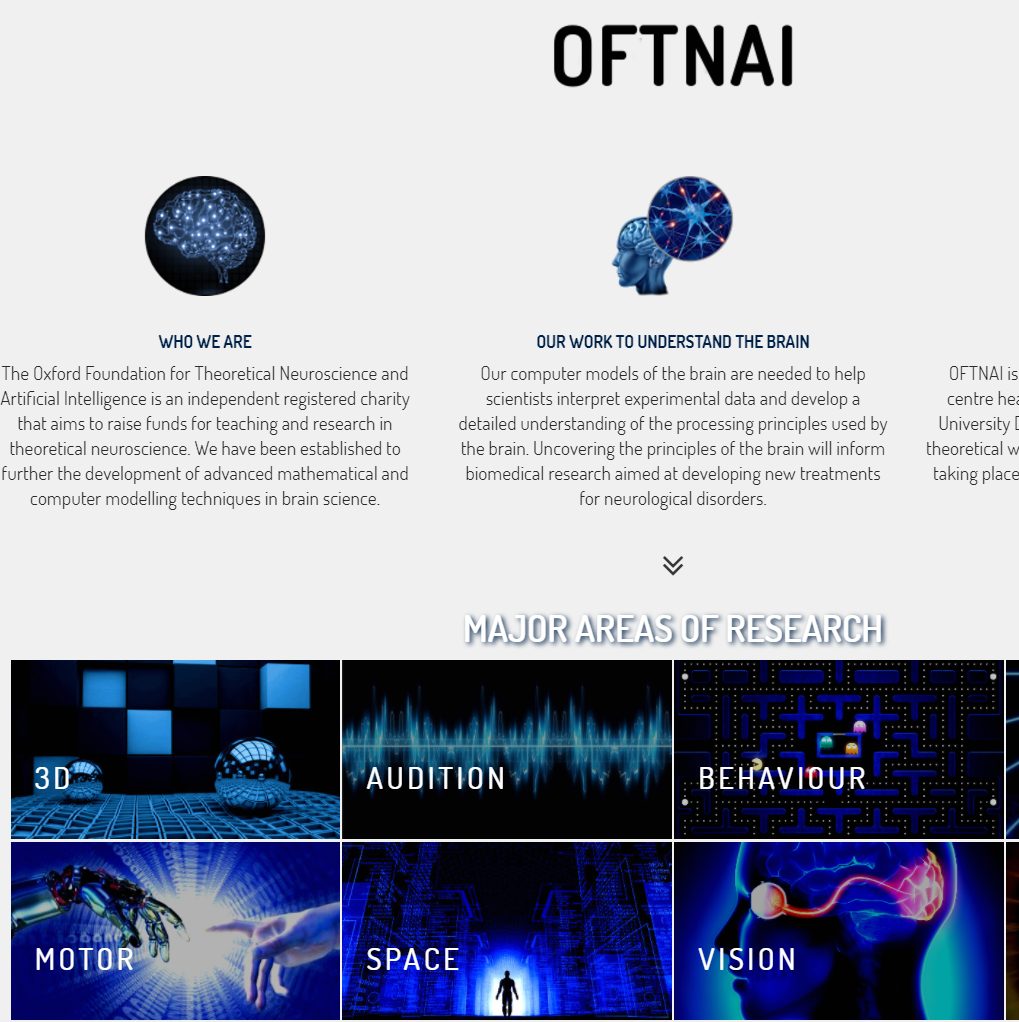Desiderata: Developing and testing the embodied theory of intelligence, the brain!
The brain: an embodied theory of intelligence
Our brain stands as a living example of general intelligence. We know such a theory exists because we think (Cogito, ergo sum), yet we have not fully deciphered its intricacies. Our aim is to theorize about the brain's computational processes by developing brain-like AI, but...
Brain-like AI does not necessarily think like brains
Modern AI systems outperform humans in various tasks, making it increasingly challenging to distinguish AI from human performance based solely on behavior. These demonstrations have led to two stereotypical views: "AI and brains are alike" and "AI versus brains." Such notions are often promoted through rhetorical questions.
However, it's crucial to understand that human-like or brain-inspired AI does not necessarily think in the same way as biological brains. The AI’s approaches to solve real-world problems often differ significantly from those employed by the human brain. The brain would behave differently if it were in AI’s shoes. How do we explore this disparity?
Investigate theoretical questions in brain science from the AI perspective
One effective way to investigate this issue is to pose theoretical questions that are easily resolved by the brain but prove challenging for AI systems. For example, how does the brain/AI
generate a finite set of representations from the infinite experience?
predict the future from current events?
make inferences based on only a few observations?
motivate itself to explore and define new goals?
resolve the stability-flexibility dilemma?
resolve the bias-variance tradeoff?
backpropagate information through time?
Exploring the nature of prefrontal computations
Our research explores the above questions at behavioral, computational, and neural levels. Our lab focuses on developing a theory of how the brain, especially the prefrontal cortex, coordinates multiple brain subsystems, each of which handles problems differently. We refer to this function as prefrontal metacognitive control. Specifically, we examine the computational and neural basis of the following functions:
Reinforcement learning
Metacognitive learning
Predictive cognition
Intuition/inductive bias
Causal inference
Putting together ideas from machine learning and computational neuroscience
We use a proactive approach. The process begins with designing experiments to situate the brain’s computations in the context of AI (Brain↦AI). We then test various brain-inspired models to explain the data collected from our experiments. This step allows us to reverse engineer the brain’s latent computations. In the second step, an independent AI model is trained to create synthetic experiences that generalize original experiments (AI↦Brain). Since this framework broadens human experience at the behavioral and neural level, it will guide us to develop new hypotheses about brain functions, initiating a recursive research process: ((Brain↦AI)↦Brain)↦…. In summary,
Brain↦AI aims to understand how the brain thinks.
AI↦Brain aims to understand why the brain implements such computations.
((Brain↦AI)↦Brain)↦… creates a deeper understanding of the nature of the brain’s computations.
Reverse and forward engineering human intelligence through the lens of AI
We hope that our investigation will
build machine learning models with brain-like traits (neuroscience-inspired AI*),
solve psychiatric disorders (computational psychiatry), and ultimately
elucidate the nature of human intelligence (computational neuroscience),
Acknowledgments
Our research is supported by the National Research Foundation of Korea - ASTRA project and the Ministry of Science and ICT - SW StarLab (2023-2030). We also have received generous support from Google DeepMind (2017), IBM Research (2021), Microsoft Research (2023), Samsung (2016-2023), LGE (2023-2025), KT (2021-2024), etc.
*refer to the summary slides (out-of-date). For more details, please visit our research center.
